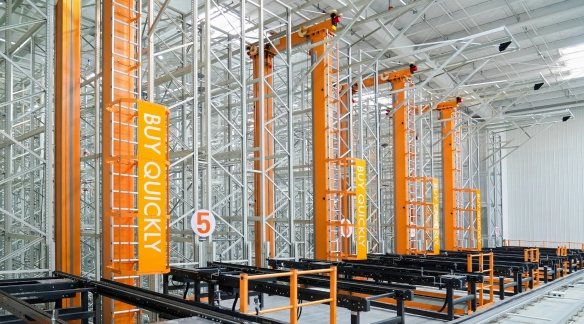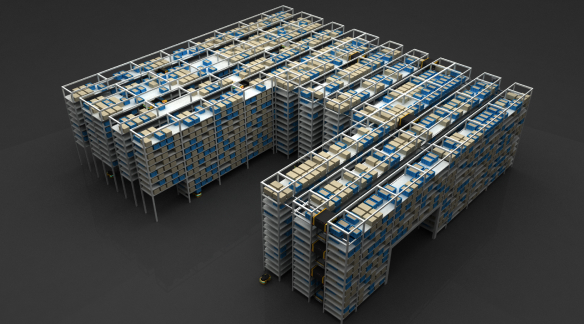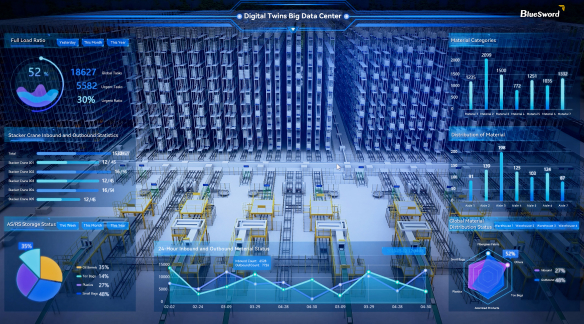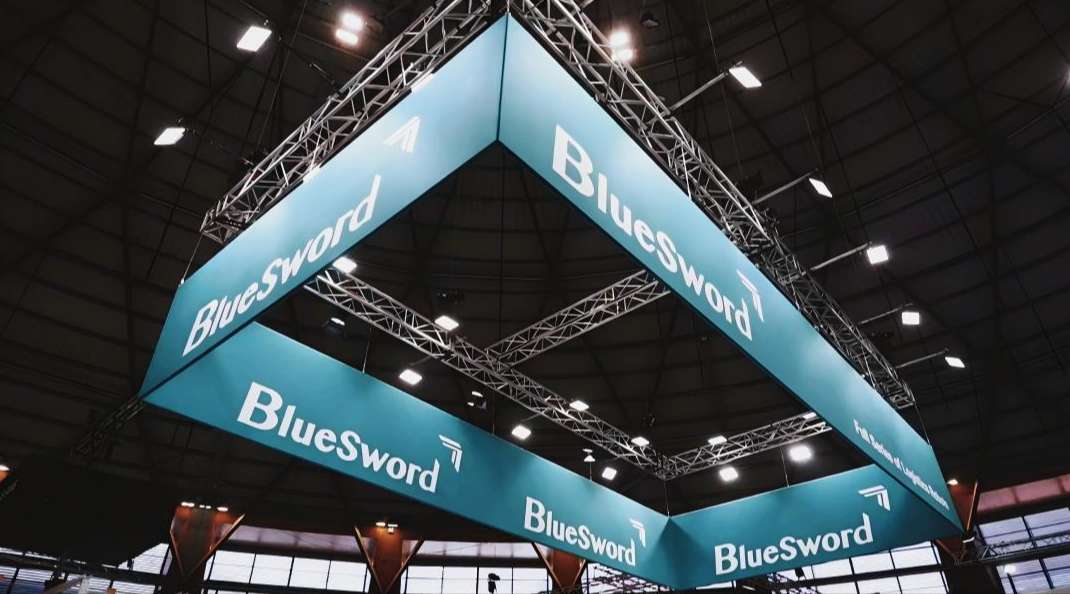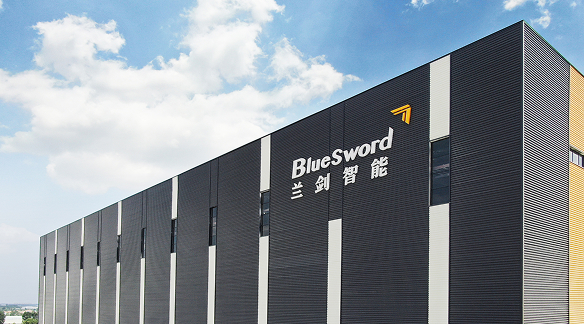UPDATES
Global supply chains have absorbed multiple shocks in recent years. McKinsey reports that disruptions lasting a month or longer occur on average every 3.7 years, frequent enough to affect investment and operating plans. Climate events add further pressure, with estimates from the International Chamber of Commerce showing that extreme weather has produced more than two trillion US dollars in global economic losses over the past decade. Added to this are geopolitical conflicts, port congestion, and volatile energy prices. Deloitte’s research highlights a critical detail: 62% percent of disruption risk originates from warehousing and transportation. The warehouse has shifted from being a passive storage site to a frontline node of resilience.
Resilience and redundancy solve related but distinct problems. Resilience is the ability to recover quickly from a disruption, for example rerouting orders when a regional warehouse is closed. Redundancy is the deliberate decision to add buffers so a single failure does not bring the system down. In warehousing, redundancy takes the form of additional capacity, alternative equipment paths, and network-level visibility. When disruptions last longer than one month, companies lose on average 30% to 40% percent of quarterly profit, so redundancy should be understood not as excess cost but as insurance against loss on a scale that can jeopardize entire business units.
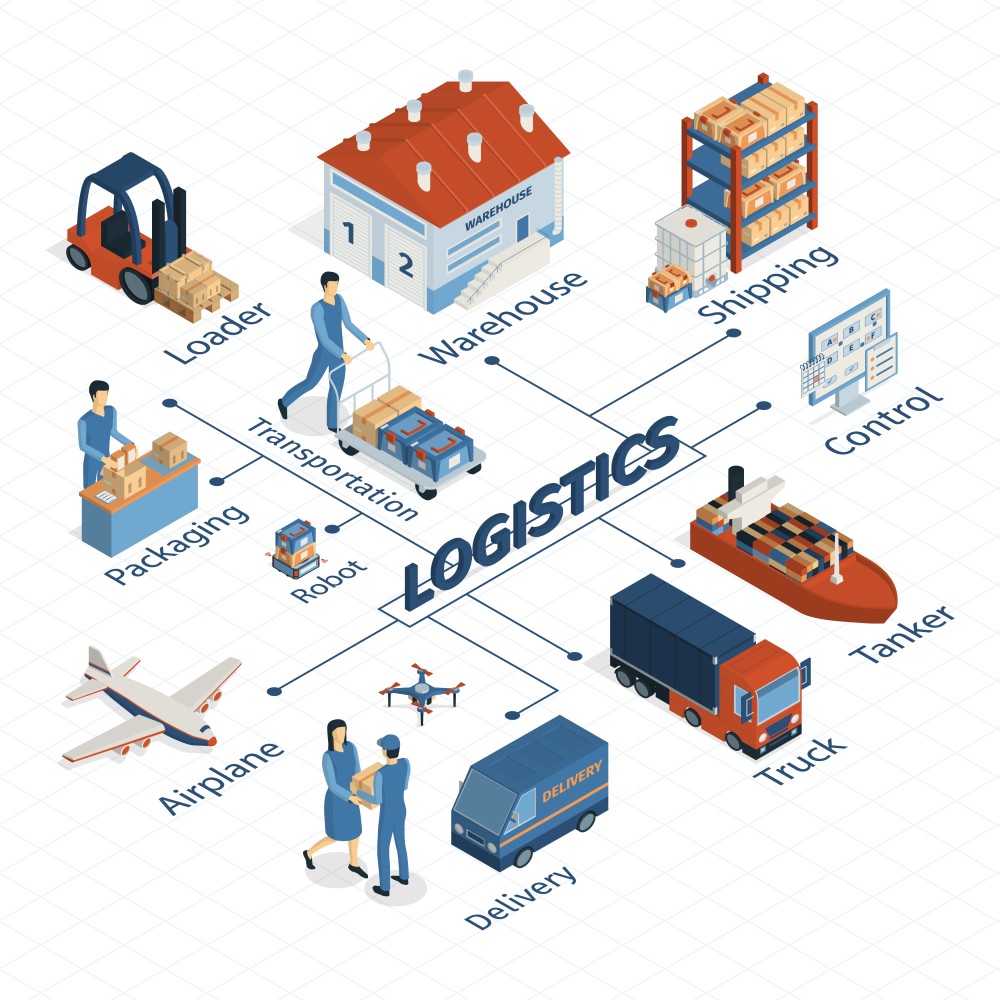
Automation is one of the most effective ways to embed both resilience and redundancy. Automated shuttle systems and stacker cranes create multiple access paths, which means that if one unit is down, others continue work on the same lane or level. PwC analysis shows that this type of design reduces downtime from single-point failures by more than seventy percent. Multi-level shuttle systems also allow elastic capacity. In consumer goods warehouses, throughput during peak seasons has risen three to 5 times compared to manual operations, while in quieter months systems can scale down automatically, avoiding idle labor and sunk costs. Integration with warehouse management and transport systems adds a third layer by making decisions data-driven. Companies with real-time inventory visibility improve order fulfillment rates by 15% to 20% percent during sudden demand spikes, according to BCG. The principle is clear: automation converts resilience from an abstract goal into a measurable capability.
The practical value is best understood through cases.
Sinopec Easy Joy Quanzhou: A 5G retrofit with on-site UPF supporting 10,000 concurrent connections per second removed blind spots in dense shuttle storage. Split-case picking efficiency rose by 120%, turning one of China’s busiest DCs into a stable, high-concurrency operation.
Xi’an Global Printing: An automated warehouse of 2,000 m² with 6,500+ positions and 3,800 pallets/day throughput cut packaging reallocation from two hours to 30 seconds. With 99.99% outbound accuracy, it secures supply for over 80 pharma companies serving 200 million consumers.
Geely Qianjiang: A four-way shuttle system supports 100,000 tote locations across 11 aisles and 20 levels, reaching 5,500+ cycles per hour. BeiDou navigation and TMS smart locks keep on-time delivery at ≥99% and accuracy at 99.98%, ensuring stable line feeding for motorcycle and automotive production.
These examples illustrate how redundancy works in live operations, not as a theoretical safeguard but as a design choice that allows graceful degradation and steady service under stress.
The economics also justify the investment. McKinsey’s 2023 ROI model shows that warehouses designed with resilience and redundancy typically achieve payback in 2 to 3 years. Beyond this period, the gains extend further: inventory accuracy above 99%, error rates reduced by 60% to 80% percent, and workplace incidents cut by half or more. Consulting studies of logistics control towers add to the picture, reporting 10% to 20% percent reductions in logistics costs and safety stock levels trimmed by 4% to 8% percent once visibility and exception handling are fully established. Taken together, these findings show that resilience is not just a defensive posture but a performance driver.
Disruptions are now part of the operating environment, not rare exceptions. The question for any company is whether it can absorb the shock and keep serving its customers. Automated warehousing and smart manufacturing provide that capability by combining parallel paths, elastic capacity, and real-time control. They ensure that orders keep moving when it matters most and that investments pay back within a horizon acceptable to finance teams.
Read More
-

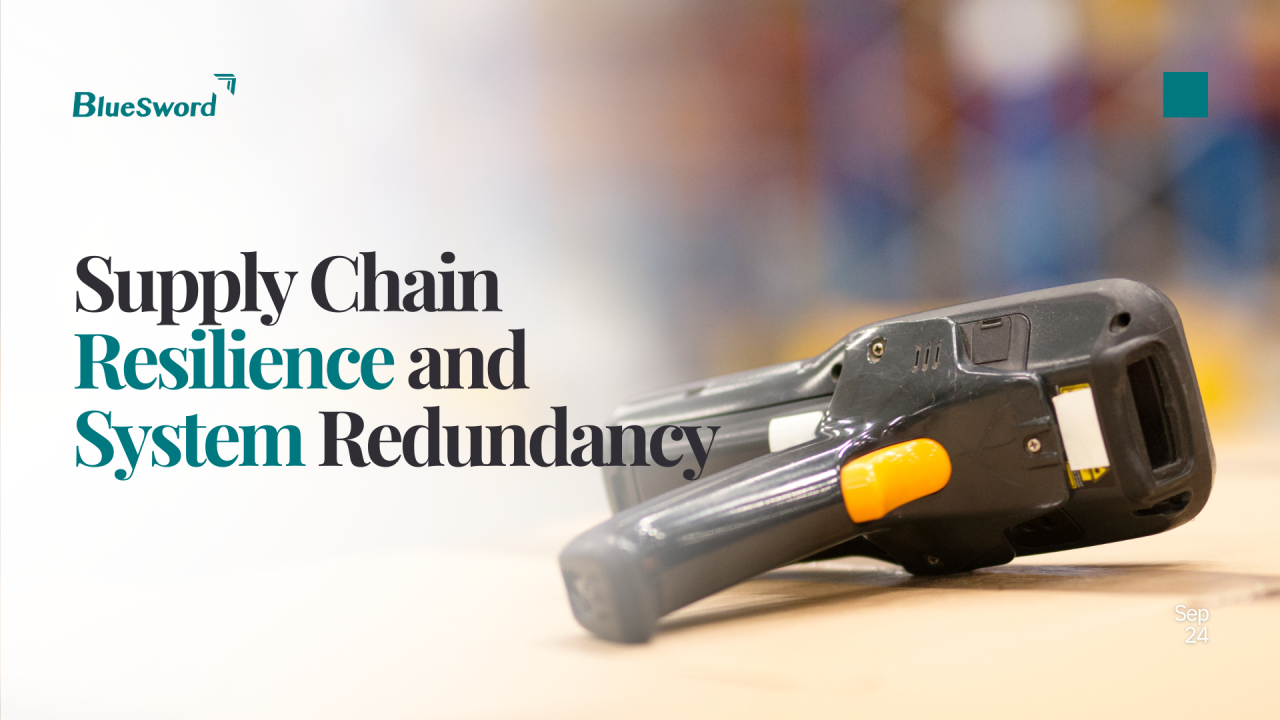 October 15 / 2025Why Automated Warehousing Matters
October 15 / 2025Why Automated Warehousing MattersGlobal supply chains face constant disruption. Automation is redefining warehouses as resilient hubs that keep goods moving no matter the challenge.
READ MORE -

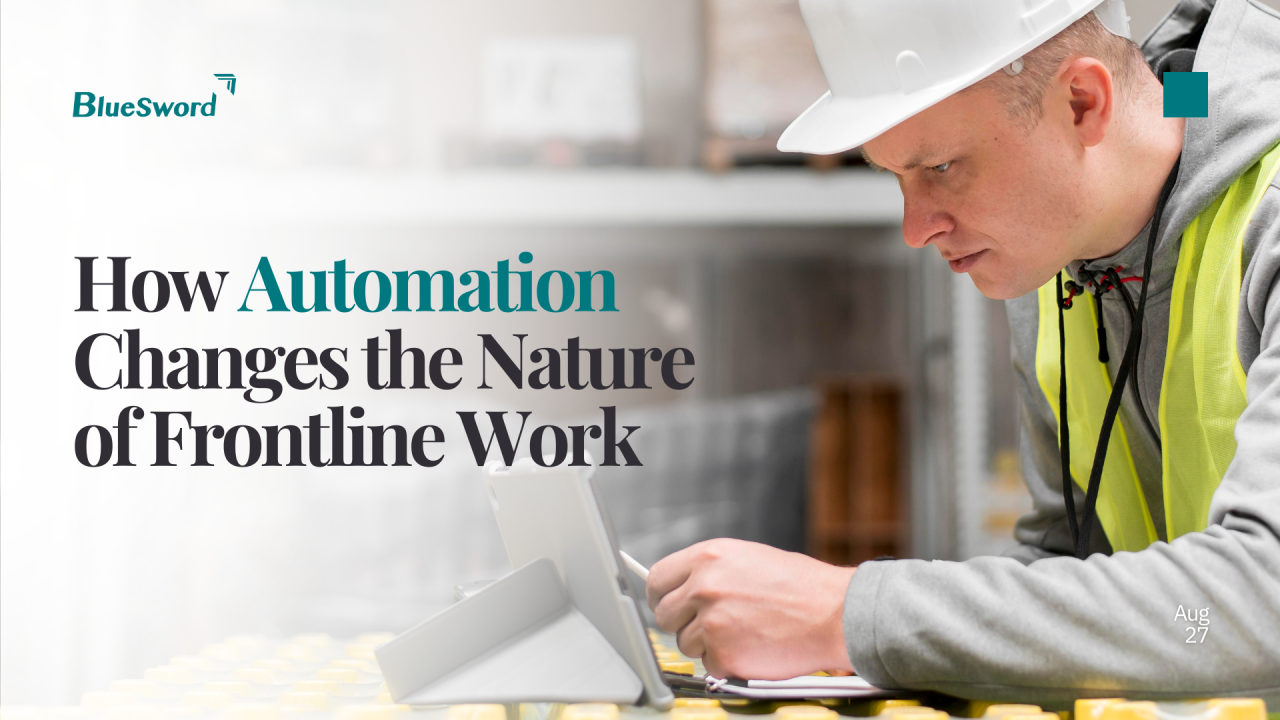 September 16 / 2025How Automation Changes the Nature of Frontline Work: Confidence, Retention, and Workforce Value
September 16 / 2025How Automation Changes the Nature of Frontline Work: Confidence, Retention, and Workforce ValueAutomation is no longer just about efficiency—it’s transforming warehouses and factories into safer, smarter, and more rewarding places to work.
READ MORE -

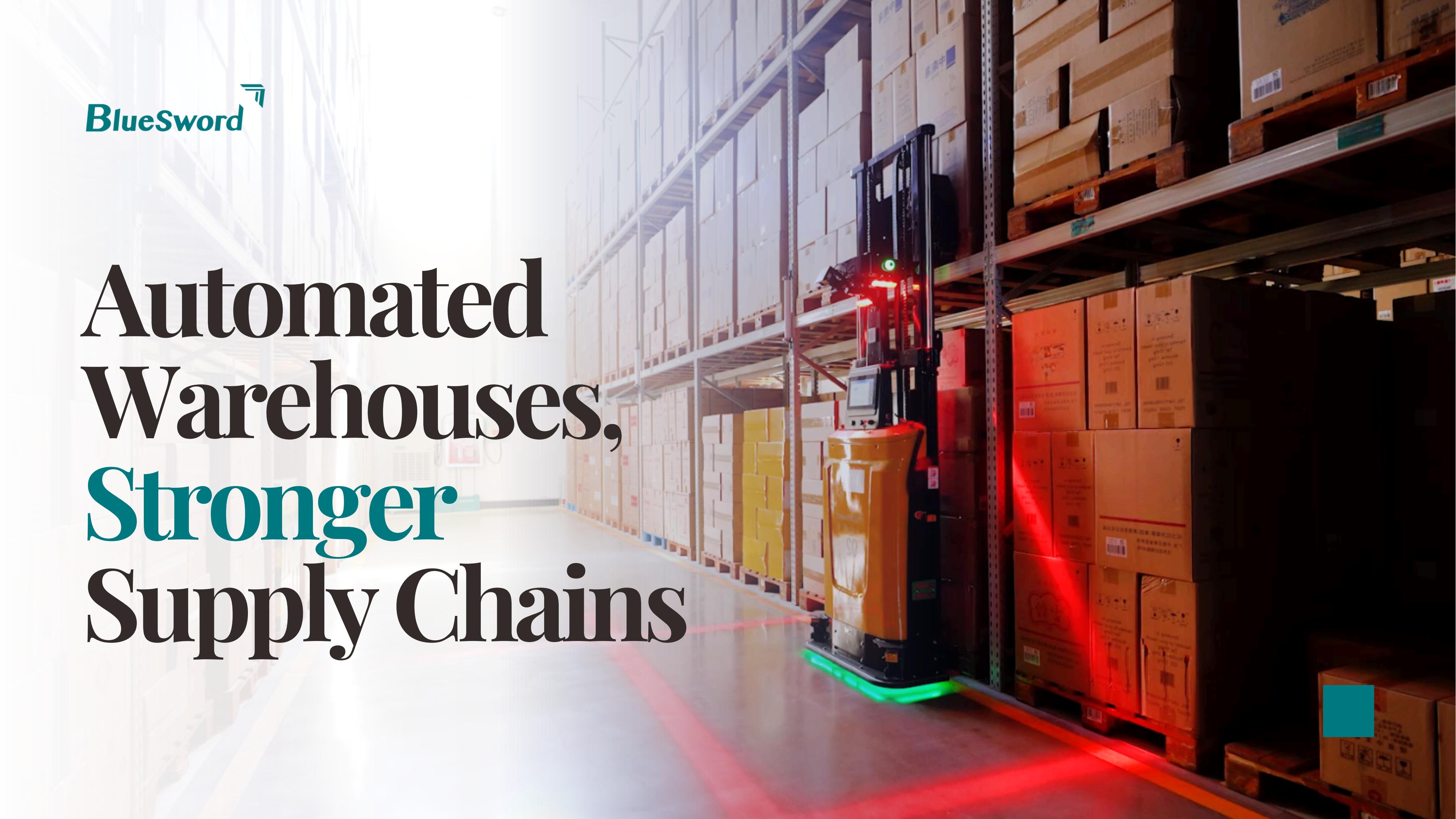 August 19 / 2025Automation in Logistics: Solving Workforce Challenges with Smart Systems
August 19 / 2025Automation in Logistics: Solving Workforce Challenges with Smart SystemsDiscover smart logistics solutions with AMRs, shuttle systems, and automated warehouses. Future-proof your supply chain with intelligent intralogistics systems.
READ MORE -

 July 25 / 2025Robotics Driving Real Safety Transformation in Factories and Warehouses
July 25 / 2025Robotics Driving Real Safety Transformation in Factories and WarehousesSafety in factories and warehouses is often discussed in terms of compliance and injury rates. But true safety goes beyond meeting standards. It requires addressing the root causes of risks and understanding how automation reshapes the daily reality for frontline workers—physically and mentally.
READ MORE -

 May 25 / 2025Are Warehouse Robots Here to Replace Workers—Or to Back Them Where It Counts?
May 25 / 2025Are Warehouse Robots Here to Replace Workers—Or to Back Them Where It Counts?Automation is advancing fast—but where does that leave the people on the ground? This article explores why the future of warehousing isn't a story of replacement, but one of smart collaboration. With real-world cases from BlueSword and global data, we dive into what human-machine partnerships really look like on the warehouse floor.
READ MORE -

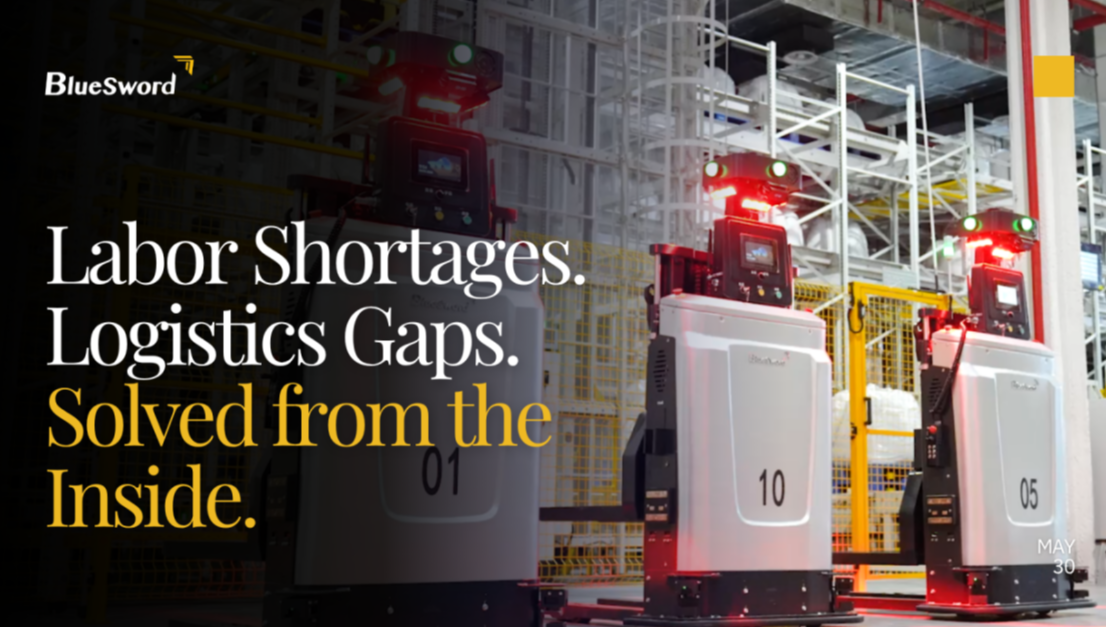 March 30 / 2025What’s Slowing Down Manufacturing—and What Leading Factories Are Doing About It
March 30 / 2025What’s Slowing Down Manufacturing—and What Leading Factories Are Doing About ItWhile automation continues to gain attention across the production line, internal logistics often remains untouched in traditional manufacturing plants.
READ MORE -

 January 2 / 2025Building a Green Logistics Ecosystem with Servo Technology
January 2 / 2025Building a Green Logistics Ecosystem with Servo TechnologyThe conveyor system is essential in modern production and logistics, facilitating the efficient storage, sorting, handling, and distribution of materials. By automating transport processes, it enhances efficiency, accuracy, and safety while effectively reducing labor costs.
READ MORE -

 September 29 / 2024Logistics Transformation: Navigating Challenges in the FMCG Industry
September 29 / 2024Logistics Transformation: Navigating Challenges in the FMCG IndustryFast-moving consumer goods (FMCG) are an essential part of our everyday lives. With their large market size and ongoing growth, the FMCG industry plays an important role in the global economy.
READ MORE


